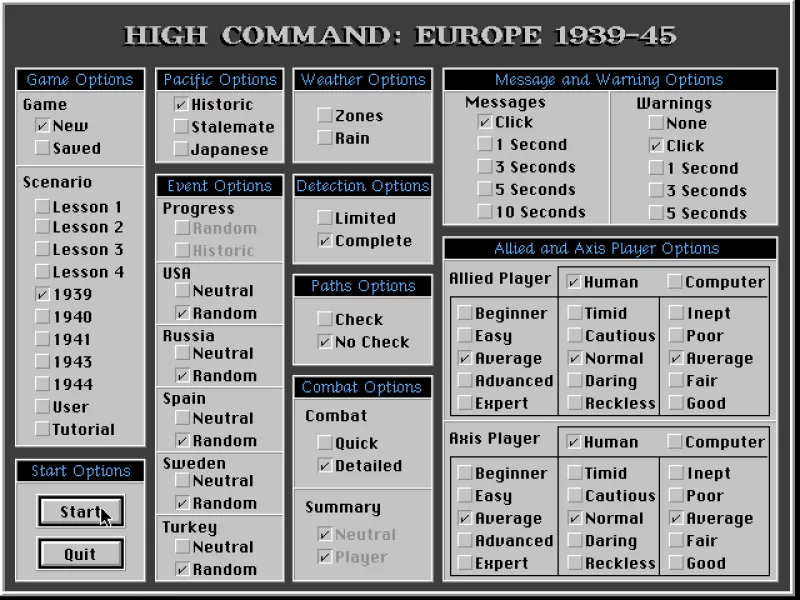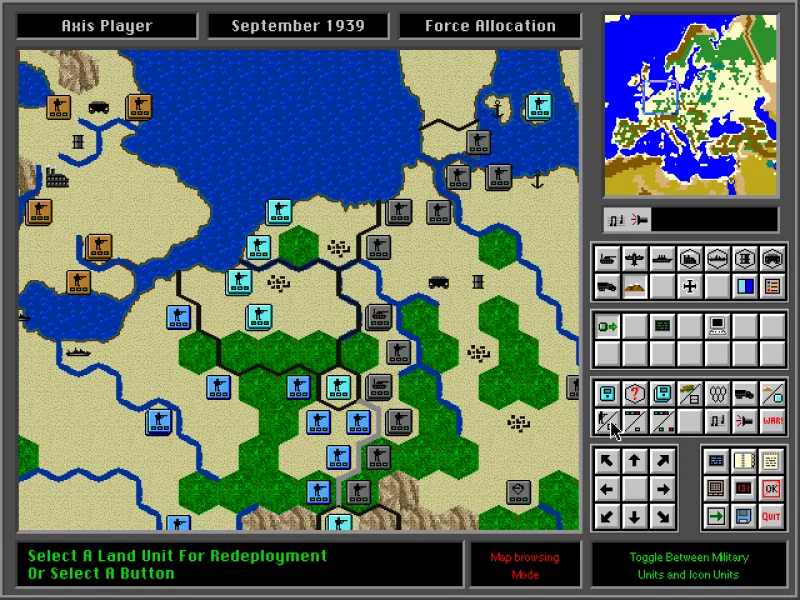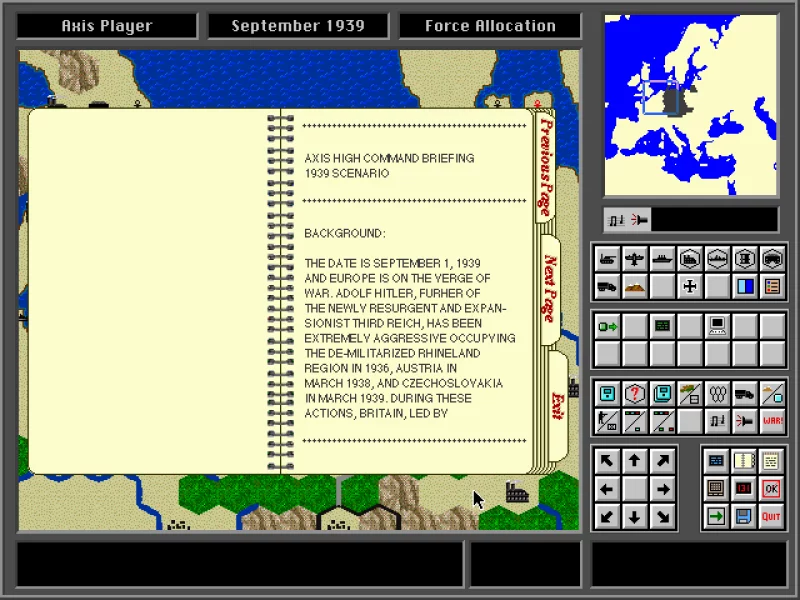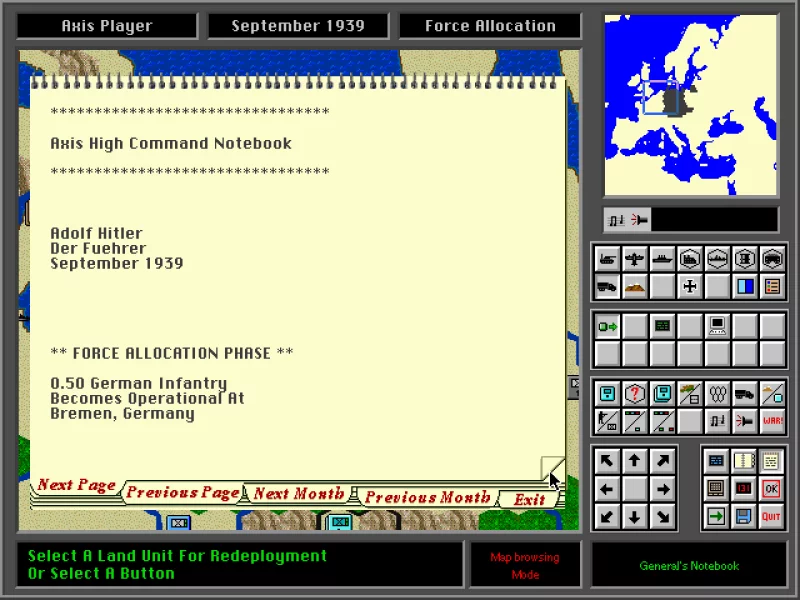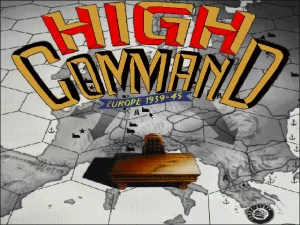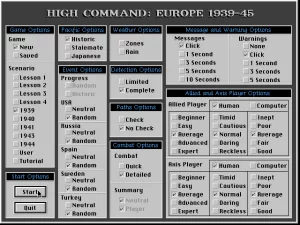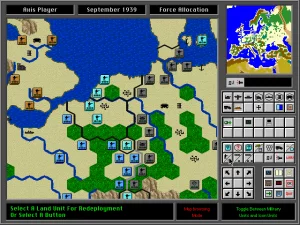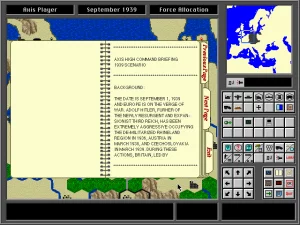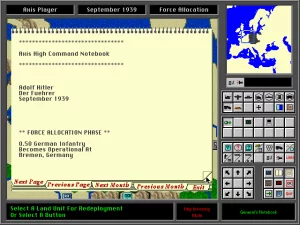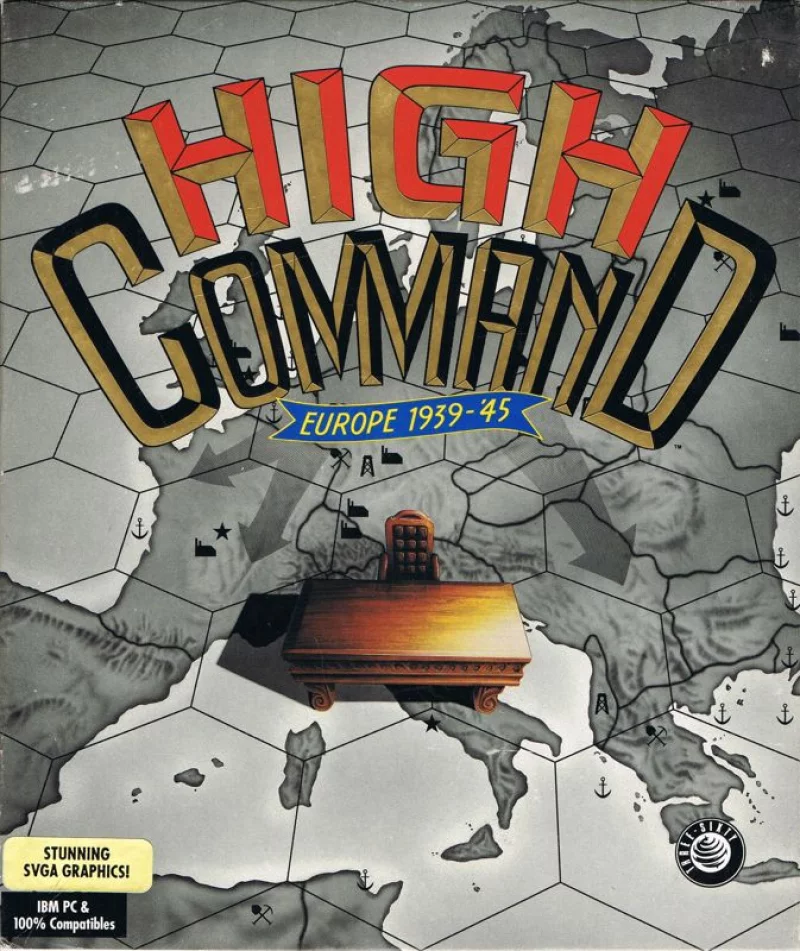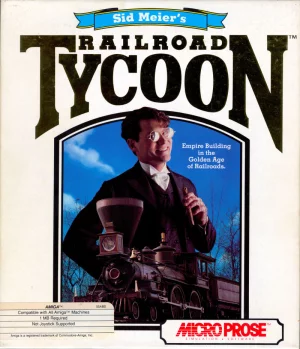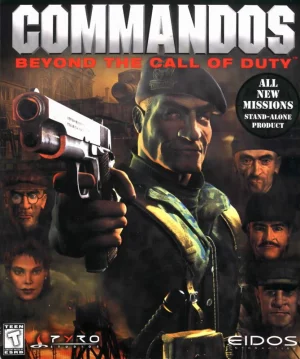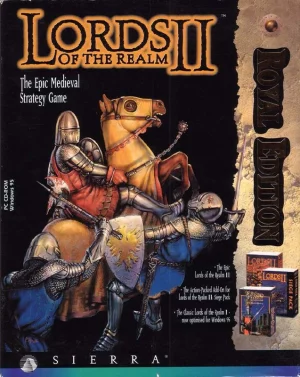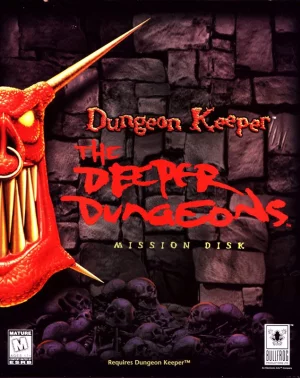High Command: Europe 1939-'45
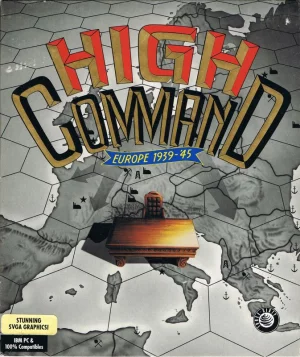
Description
High Command: Europe 1939-'45, a game that appeared on the scene in 1992 for the DOS operating system, is an excellent example of a war simulator of its time. Developed by Three-Sixty Pacific, this strategy game is aimed at fans of military games, which impress with its combination of complex simulation and historical accuracy.
As the name suggests, High Command immerses you in the dramatic events of World War II in Europe, starting in 1939 and ending at the decisive moments of 1945. Your mission is to take command of the military operations of one of the major nations involved in the conflict, which includes managing tactical troop movements, supply logistics, diplomacy, as well as economic strategies.
The graphics, as one would expect from a game of the early 90s era, are modest from today's perspective. The game focuses on the functionality of the map and the clarity of the icons representing military units, rather than visual appeal. However, this minimalist approach serves its purpose effectively - it provides the player with a clear overview of the strategic situation and allows them to focus fully on decision-making processes rather than graphical elements.
The interactive interface, while stoic, allows for extensive control over all aspects of your war effort. Detailed information about units, such as their strength, supplies and morale, is readily available, offering a deep tactical experience. Strategic planning is a key element in High Command; every decision can have far-reaching consequences and every operation requires careful consideration.
In this context, artificial intelligence is carefully designed to provide realistic challenges for the player. Adversaries behave in a deliberate manner and their strategies are constantly changing, adding to the authenticity of the war simulation. The result is a game that not only tests your skills as a leader, but forces you to constantly adapt your strategies to changing battlefield conditions.
In the sound department, we find a solid, if simple, performance. Minimalistic sound effects and musical backgrounds illustrate the atmosphere of war without unnecessarily distracting from strategic thinking. It would seem that the sounds and music could have been more elaborate, but their actual format fits the overall purist intent of the game.
In conclusion, High Command: Europe 1939-'45 is a title that will thrill discerning fans of historical and war strategy with its depth and complexity. Despite its graphical limitations and simple sound design, this game offers a highly satisfying strategic experience that few titles of its time could offer. If you are looking for a game that will challenge you on an intellectual level and provide the feel of a true military commander, High Command is the right choice.



